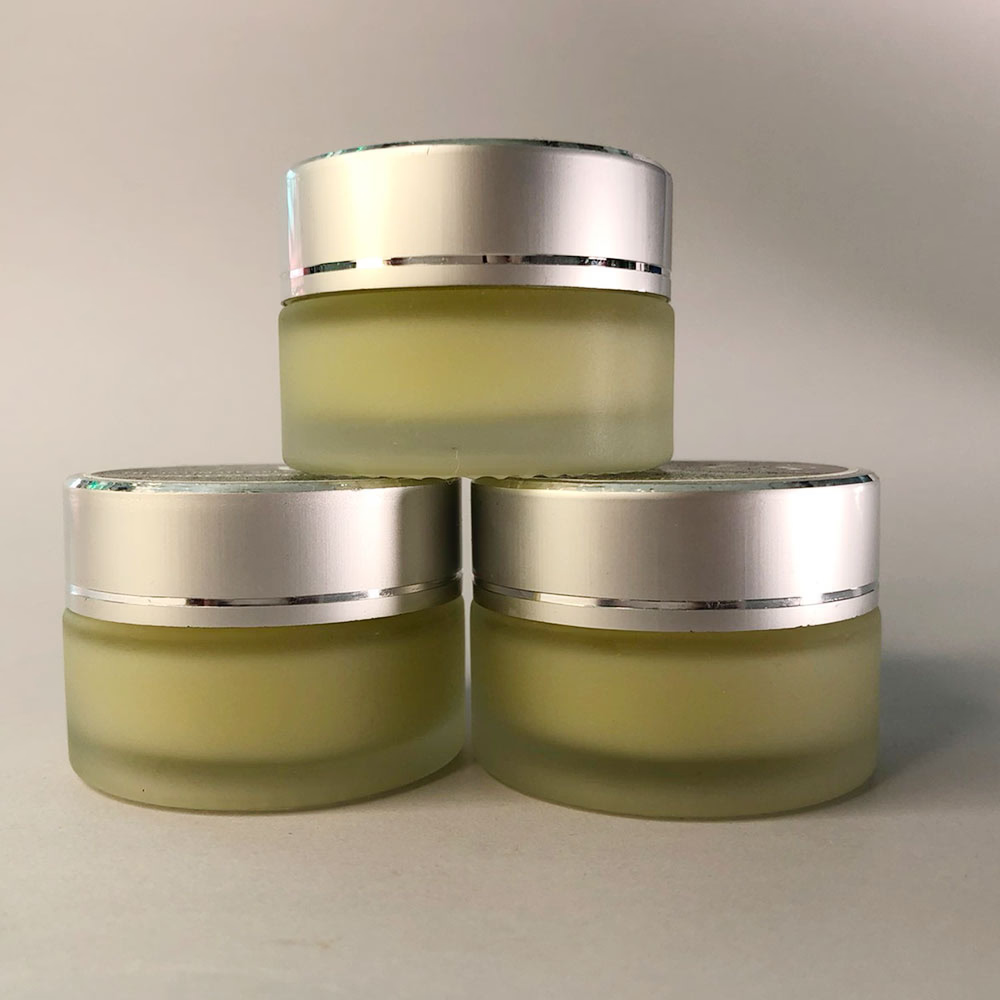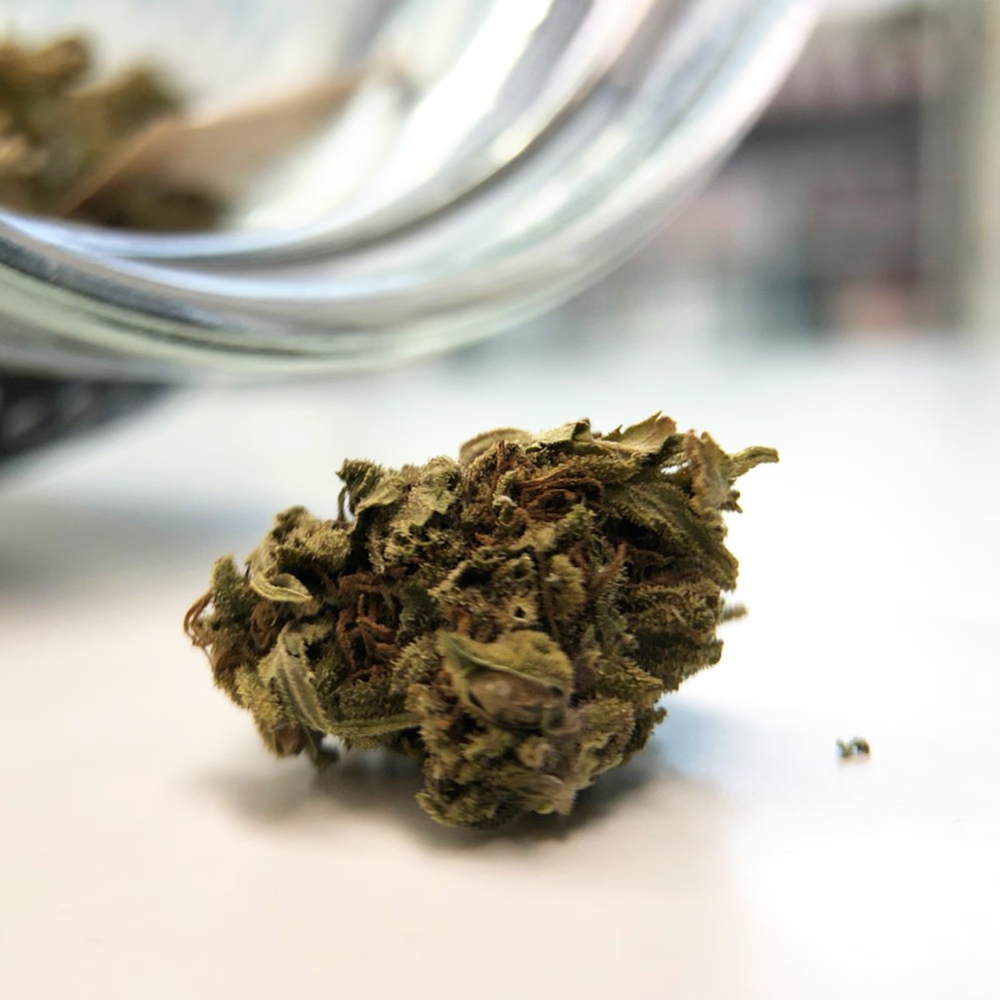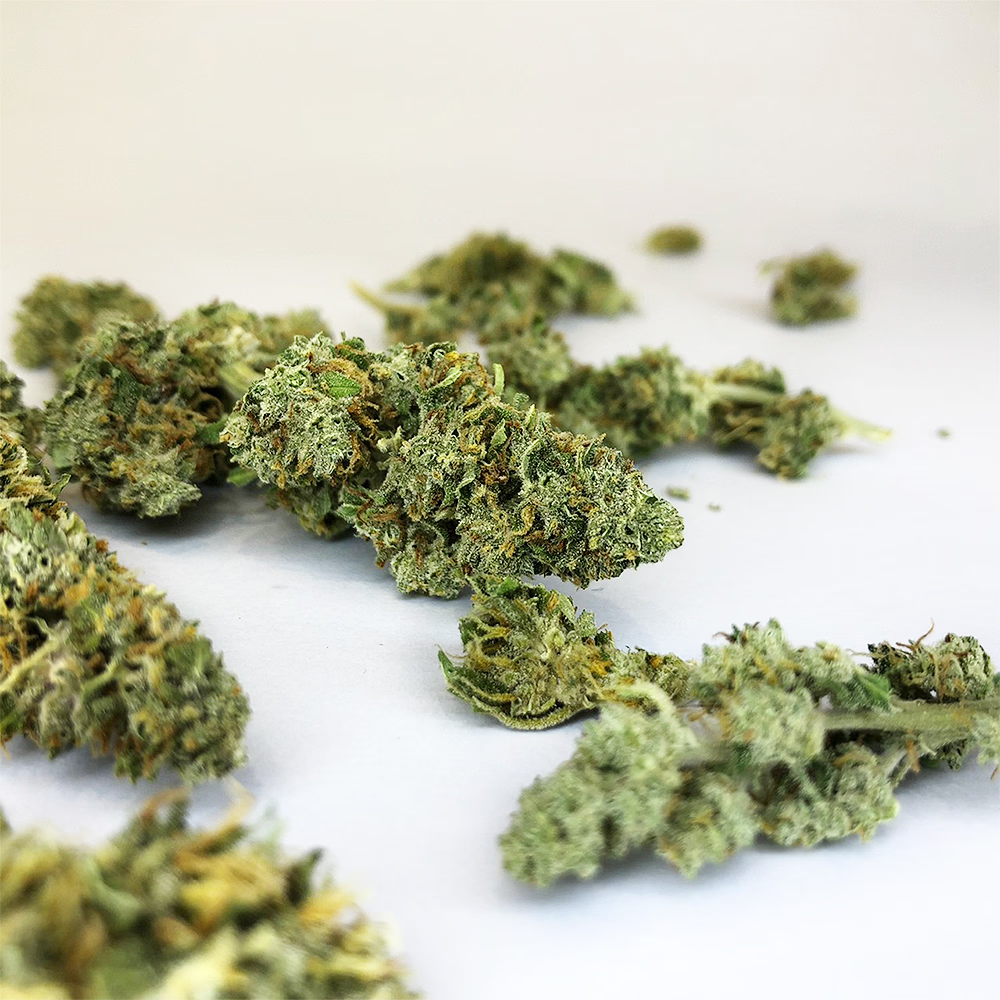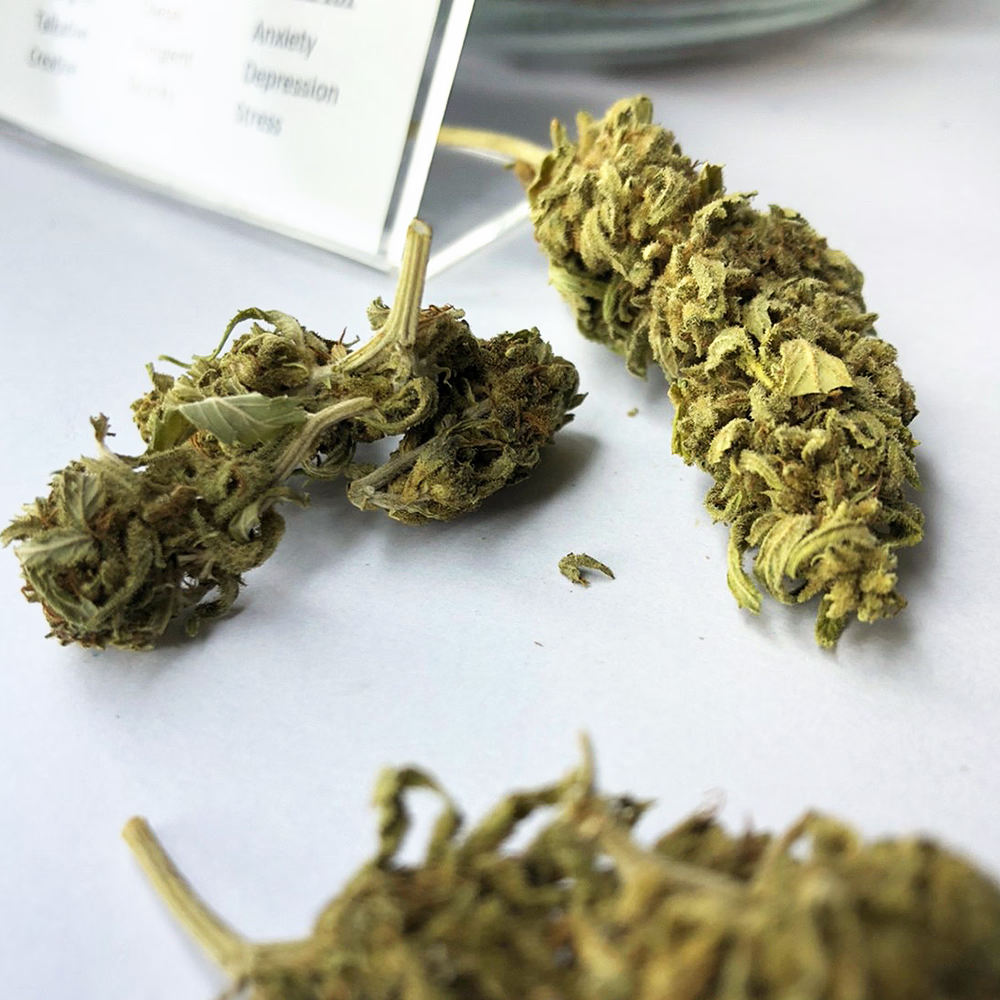The organic nutrient solution for the hydroponic system.
The Pros and Cons of Using an Organic Nutrient Solution for Hydroponics
Tips on Optimizing pH Levels When Growing with an Organic Nutrition Solution
The organic nutrient solution for the hydroponic system.
For hydroponic farming, organic nutrient solutions are becoming more and more common. A technique called hydroponics uses mineral-rich water solutions to cultivate plants devoid of soil.
It has evolved into a popular option for many growers who want to optimize the yields of their crops and get the most out of them. Any successful hydroponic system must include organic nutrient solutions because they give plants the vital nutrients they require to flourish in a soilless environment.
What, then, distinguishes organic nutrition solutions from conventional fertilizers? The primary distinction is in the components; organic remedies use plant-based substances like fish emulsion and seaweed extracts rather than chemical fertilizers.
These organic materials offer a well-balanced mixture of macro and micronutrients, which can help guarantee that your crops receive all the essential components they need to grow robustly and healthily.
Organic nutrient solutions are also much safer for you and the ecosystem than conventional fertilizers because they don't contain synthetic chemicals or artificial additives.
An organic nutrition solution's concentration levels should be considered when selecting it. Choosing a solution with concentrations that match your crop's requirements is essential because different plants require different quantities of each type of nutrient.
Choosing the wrong concentration could be harmful. Check to see if your chosen solution includes chelated minerals, such as iron, which can help make certain nutrients more readily available in the water solution so plants' roots can absorb them.
Another significant advantage of organic nutrient solutions is their capacity to gradually enhance soil health, which is not feasible with conventional chemical fertilizers. Organic matter replenishes beneficial soil microbes, which improves soil fertility over time by facilitating improved drainage and aeration. As a result, you won't need to continually add fertilizer to your soil as you would if you only used conventional goods, which will ultimately save you time and money.
When it comes down to it, there are definite advantages to using an organic nutrient solution for your hydroponic system. These products not only provide better nutrition than conventional chemical-based alternatives, but they also work to improve soil health over time, which cannot be said for traditional fertilizer options.
In light of this, purchasing an organic solution for your garden does pay off if you want to get the most yield out of your crops without running the risk of harm from excess chemicals or artificial additives in other products on the market right now.
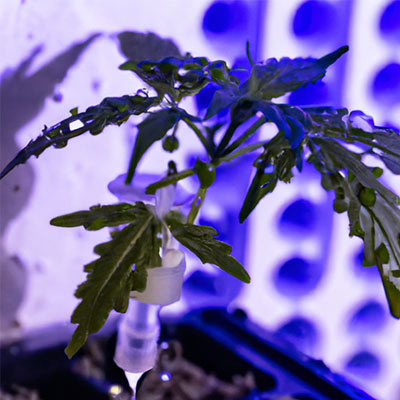
Different Types of Hydroponic Systems
Hydroponics is becoming increasingly popular in the cannabis industry as more growers seek ways to cultivate plants without relying on the soil. Hydroponic systems are highly efficient and can provide a controlled environment for growing plants, enabling them to reach their full potential.
With hydroponics, there's no need for tilling, weeding, or dealing with soil-borne diseases. Many hydroponic systems are available today, each offering benefits and disadvantages.
In this article, we'll outline the types of hydroponic systems you can choose when setting up your grow room.
Deep Water Culture (DWC): Deep water culture is one of the most common hydroponic systems used by cannabis growers today. This system involves suspending plants in an oxygen-rich solution using an air pump or bubbler stone.
The roots are constantly submerged, allowing them to access nutrients easily while providing ample oxygenation for healthy growth and root development. This type of system is relatively inexpensive and easy to set up.
Still, it requires frequent monitoring and maintenance due to the nature of having the roots constantly exposed to water and nutrients, which can result in an increased risk of root rot if not appropriately managed.
Ebb & Flow System: Also known as flood-and-drain systems, ebb & flow setups involve flooding containers or trays with a nutrient solution before draining it back into a reservoir once sufficiently saturated with moisture and nutrients.
These systems are excellent at controlling watering schedules and providing adequate drainage, so your plants won't be sitting in standing water all day long – something that would otherwise lead to over saturation and eventual root rot if left unchecked.
However, these setups are more expensive than other methods due to needing pumps, irrigation timers, etc. They may not be ideal if you're on a tight budget, but they offer excellent results when done correctly.
Nutrient Film Technique (NFT): NFT is another popular method among cannabis cultivators because it provides an efficient way for delivering nutrients directly to plant roots without needing any medium, such as gravel or perlite, as other methods require - making it more straightforward yet effective.
This technique works by circulating a thin film of nutrient solution over the surface area where your plant's roots will hang down; this ensures even distribution throughout all parts, ensuring maximum absorption from start to finish.
While NFT requires equipment such as pumps, timers, etc., overall costs should remain relatively low compared with other methods thanks to its simple design, which makes setup easier.
Drip Irrigation System: Drip irrigation is another popular choice among cannabis connoisseurs due mainly because it offers precise control over how much water/nutrients each plant receives - something that's difficult to achieve with other methods such as deep water culture or ebb & flow setups where both get flooded at the same time leading some areas potentially getting less than others depending on their location within tray/container being used.
With drip irrigation, though, you'll find that each plant gets the exact amount needed meaning healthier, faster growth rates overall, plus less wasted resources since only what is necessary gets used rather than running the risk of wasting excess like the options above might do if not monitored closely enough.
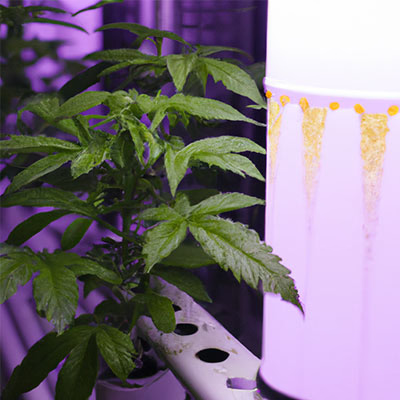
How to Choose a Nutrient Solution for Your Cannabis Plants
Cannabis cultivation is a rewarding experience, but it can be intimidating for first-time cultivators. Selecting the appropriate nutrient solution for your plants is one of the most critical stages in growing a successful crop of cannabis.
Knowing which product will give your plants the best results can be challenging with so many choices available. Here are some guidelines for selecting a nutrient solution for your cannabis seedlings to make the process simpler:
Consider Your Growing Medium: The type and quantity of fertilizers your plants should receive will depend on your growing medium. It would be best to choose a nutrient solution that is made appropriately because, for instance, soil-based systems need more organic matter than hydroponic systems.
Recognize Nutrient Ratios: To produce their highest possible output, various cannabis strains require varying amounts of nutrients. Before choosing a nutrient solution, do your homework on the ratios to which each strain responds best to optimize yields while minimizing nutrient imbalances or deficiencies in the soil or water system.
Carefully read product labels and compare ingredients to grasp exactly what each product contains and why it's essential for plant growth and development when looking for a nutrient solution. Keep in mind that when choosing nutrition, quality counts!
Examine Organic Options: If at all feasible, research organic alternatives. These frequently offer better nutrition without introducing extra chemical pesticides or fertilizers into the equation (which could hurt your plants and the environment).
Ensure they still contain crucial micronutrients like iron and zinc, which are crucial for optimal plant health, even if you choose synthetic fertilizers over organic ones.
Follow Manufacturer Directions: After choosing a nutrient solution based on the factors above, carefully follow the manufacturer's instructions. Too much or too little fertilizer can easily lead to issues like stunted growth or even the death of entire crops.
Please pay close attention to pH levels because they are crucial in deciding how effectively roots absorb specific elements during absorption processes (affecting overall crop health).
Regularly Test the Soil: Lastly, throughout your development cycle(s), don't neglect to test the soil's pH and nutrient content regularly. By doing so, you can guarantee constant optimal fertility. Testing kits are reasonably priced and well worth the money if they help avoid pricey errors caused by improper feeding methods or schedules later on.
You should be able to find a nutrient solution for your cannabis plants that satisfies all your requirements while offering superior nutrition for healthy development throughout its lifespan if you use these suggestions as a guide.
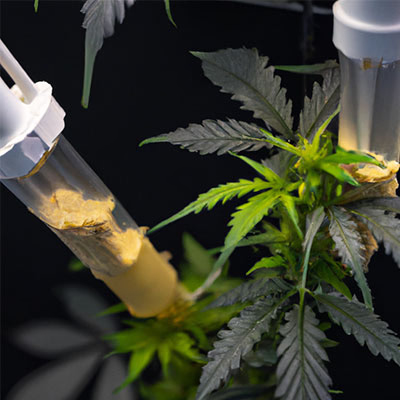
The Pros and Cons of Using an Organic Nutrient Solution for Hydroponics
In recent years, organic nutrient solutions for hydroponics have grown in popularity as growers look to lessen their effect on the environment and guarantee the safety of their crops. However, what are the advantages and disadvantages of using an organic fertilizer solution for hydroponics?
We'll examine some of the benefits and drawbacks in this piece so you can decide whether it's appropriate for your development.
Pros:
Higher-quality produce: Plants can get more natural nourishment because organic nutrients don't contain synthetic chemicals. As a result, the product is of higher quality, tastes better, and has fewer impurities than those produced using synthetic nutrients.
Environmentally Friendly: Organic nutrient solutions are much more ecologically friendly than synthetic fertilizers because they don't contain harsh chemicals that can contaminate groundwater or the air. Additionally, they have the advantage of being recycled after use, reducing waste.
Economical: Despite starting more costly than synthetic fertilizers, organic nutrients become less expensive over time because they need fewer applications because of their slow-release properties. Therefore, they are perfect for affordable growing choices without sacrificing quality or outcomes.
Cons:
Less Easily Available Nutrients: Compared to synthetic nutrients, organic nutrients typically have fewer nutrients that plants easily absorb. As a result, plants may take longer to reach key development stages like the flowering or fruiting stages. To achieve desired results, it is frequently necessary to supplement organic fertilizer with additional micronutrient dosing during periods of rapid plant development, such as vegetative stages.
Longer Nutrient Absorption Time: Organic nutrients take longer for plants to absorb than synthetic ones because they discharge nutrients more slowly. This means there is frequently a delay between application and apparent effects, making it challenging to adjust feedings based on urgent requirements. Because of this, many growers choose to combine both kinds (organic and synthetic) to create an equilibrium between availability and absorption rates.
Poor Availability During Winter Months: Using organic nutrients has the drawback of having limited availability during the colder winter months when the temperatures are too low for the correct decomposition process these goods require.
Crops will experience an increase in the lack of essential mineral elements, which could result in stunted growth and production losses if they do not have access to the active bacteria and fungi required to break down organics into usable forms.
For optimal results, consider converting liquids from solids during the colder months to maintain a steady supply of the macro- and micro-elements needed to support regular developmental cycles.
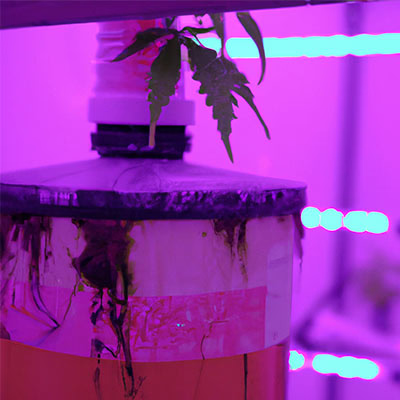
Tips on Optimizing pH Levels When Growing with an Organic Nutrition Solution
Guidelines for Optimum pH Levels When Developing with Organic Nutrition
As the cannabis business develops, using organic nutrients to grow cannabis is gaining popularity. Organic farming techniques are more environmentally friendly and frequently result in higher-quality, healthier vegetation. However, using an organic nutrition formula can be challenging to maintain pH levels. Here are some pointers for maintaining ideal pH levels when using an organic nutrient mix for growing:
Test your water supply. The pH of your growing medium can vary depending on the type of water you use. Test the pH of your water source before you start feeding your plants, so you'll know what baseline you're dealing with. This will enable you to make any necessary adjustments.
Think about using reverse osmosis (RO) filtered water. If you're unsure of the consistency or quality of your tap water, think about purchasing a reverse osmosis filtration system to filter out chlorine and other impurities before adding the water to your growing medium or hydroponic system. It also aids in lowering salt accumulation, which can cause root problems over time.
Modify feeding schedule according to plant requirements - When growing organically, it's crucial to modify feeding plans according to the number of nutrients each specific strain requires for optimum growth and development.
Some strains may need to be fed more frequently depending on their particular requirements, so watch for any warning signs, like yellowing leaves or reduced growth rates, that indicate when extra nutrients may be required.
Invest in a trustworthy pH meter. Accurate readings must be maintained from the seedling to harvest time with a decent digital meter. If you don't have one, you risk missing significant pH level changes that could have disastrous effects, such as less-than-ideal yields or even potential crop failure because of plants' inability to absorb nutrients due to an incorrect soil acidity/alkalinity balance brought on by repeated inaccurate readings.
Regularly check electrical conductivity (EC) and total dissolved solids (TDS) readings. This will give growers a better idea of the overall soil health in each container and allow them to fine-tune their fertilization strategy while keeping tabs on soil health.
Regular soil testing should be done from different areas of each pot or container, and any runoff or drainage collected during watering sessions. So, consider these precautions carefully.
Use buffering agents when necessary - Buffering agents, such as dolomite lime or calcined clay products, can help raise alkalinity if necessary while helping retain moisture content longer, allowing growers to extend intervals between subsequent irrigation sessions.
This increases efficiency while assisting in minimizing any potential runoff-associated problems that might occur due to improper irrigation scheduling due to a lack of experienced personnel managing operations and potentially causing potential runoff issues.
Make adjustments gradually - Make changes over days rather than all at once to prevent shock from abrupt environmental changes around plants, which could result in stunted growth/yields.
To prevent future generations from making the same mistakes, maintain records of all the changes made during the process. This will prevent needless suffering. Use this instrument accordingly.
By using these suggestions, you should be successful in producing cannabis organically. Optimizing pH levels are essential for folivorous plant growth and healthy root systems, guaranteeing when harvest time.
